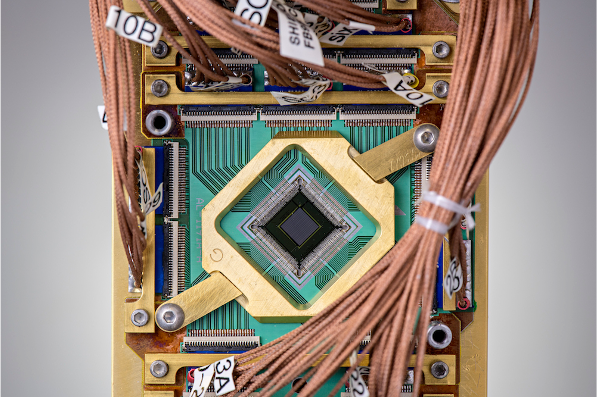
Credit: D-Wave
The Science
Researchers from Oak Ridge National Laboratory, the University of Tennessee, Knoxville, Purdue University, and D-Wave Systems represent the first team to generate accurate results from materials science simulations on a quantum computer that can be verified with neutron scattering experiments and other practical techniques. The team reached this milestone by embedding the Shastry-Sutherland Ising model into D-Wave’s 2000Q quantum computer.
The Impact
This approach proved that quantum resources are capable of revealing the magnetic structure and properties of magnetic materials such as rare earth tetraborides, which share striking similarities with the Ising model. Such studies could lead to a better understanding of spin liquids, spin ices, and other novel phases of matter useful for data storage and spintronics applications.
PI/Facility Lead(s): Travis Humble
ASCR Program/Facility: Early Career Research Program
ASCR PM: Ceren Susut
Funding: Early Career Research Program
Publication(s) for this work: Paul Kairys, et al., “Simulating the Shastry-Sutherland Ising Model Using Quantum Annealing.” PRX Quantum 1, no. 2, 2020. DOI: 10.1103/PRXQuantum.1.020320



